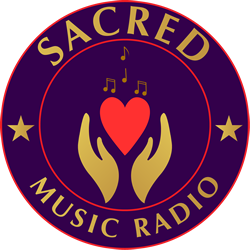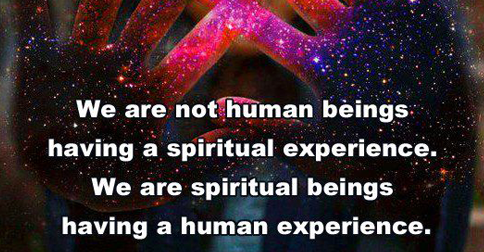Does music belong in meditation?
Listening to music in meditation or while practicing yoga is more of a controversial idea than you might expect. For some people, it just seems to work; for others, it’s a distraction.What’s most important is to select music that you enjoy listening to and music which serves the purpose you’re trying to achieve. One of…
Continue reading →








